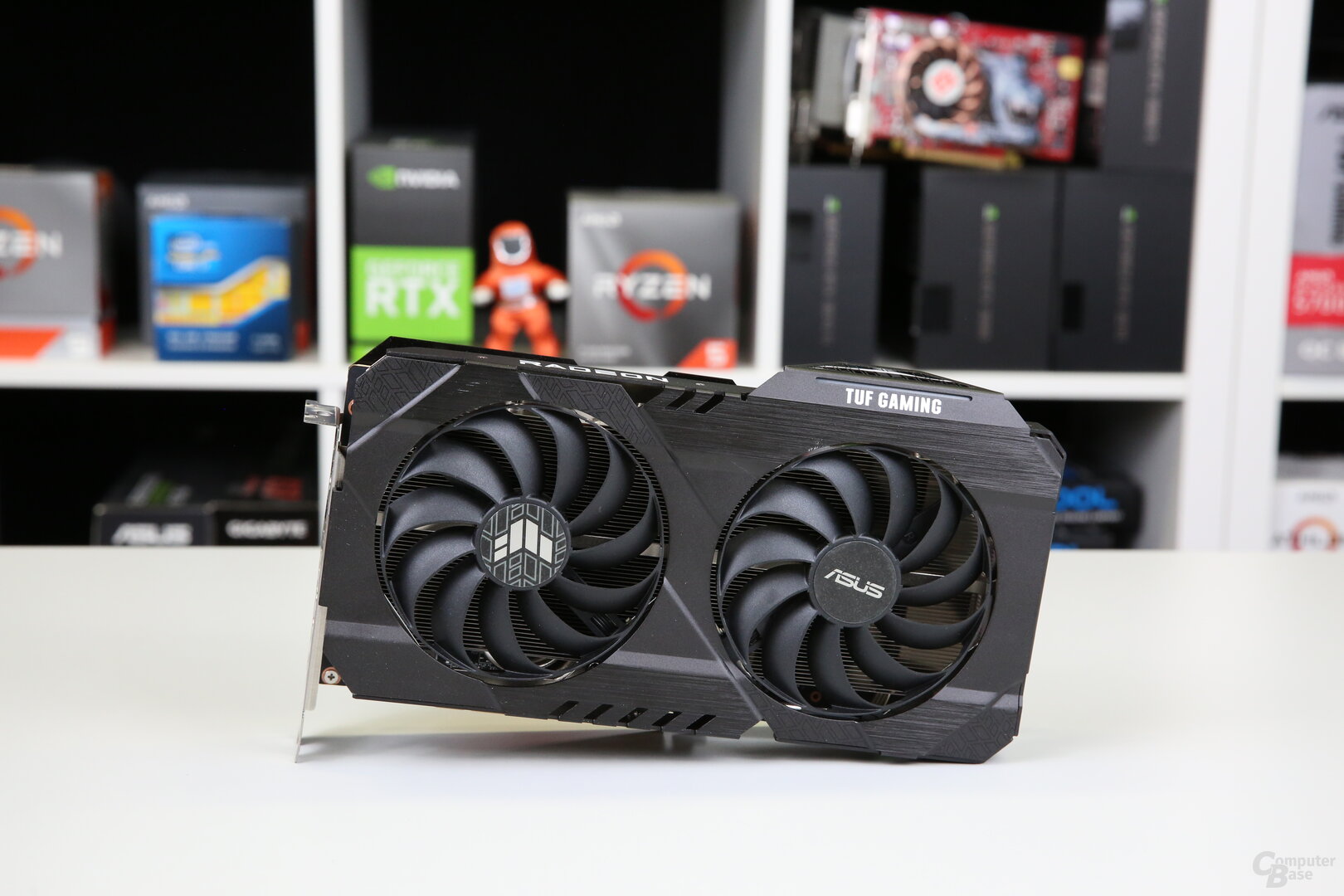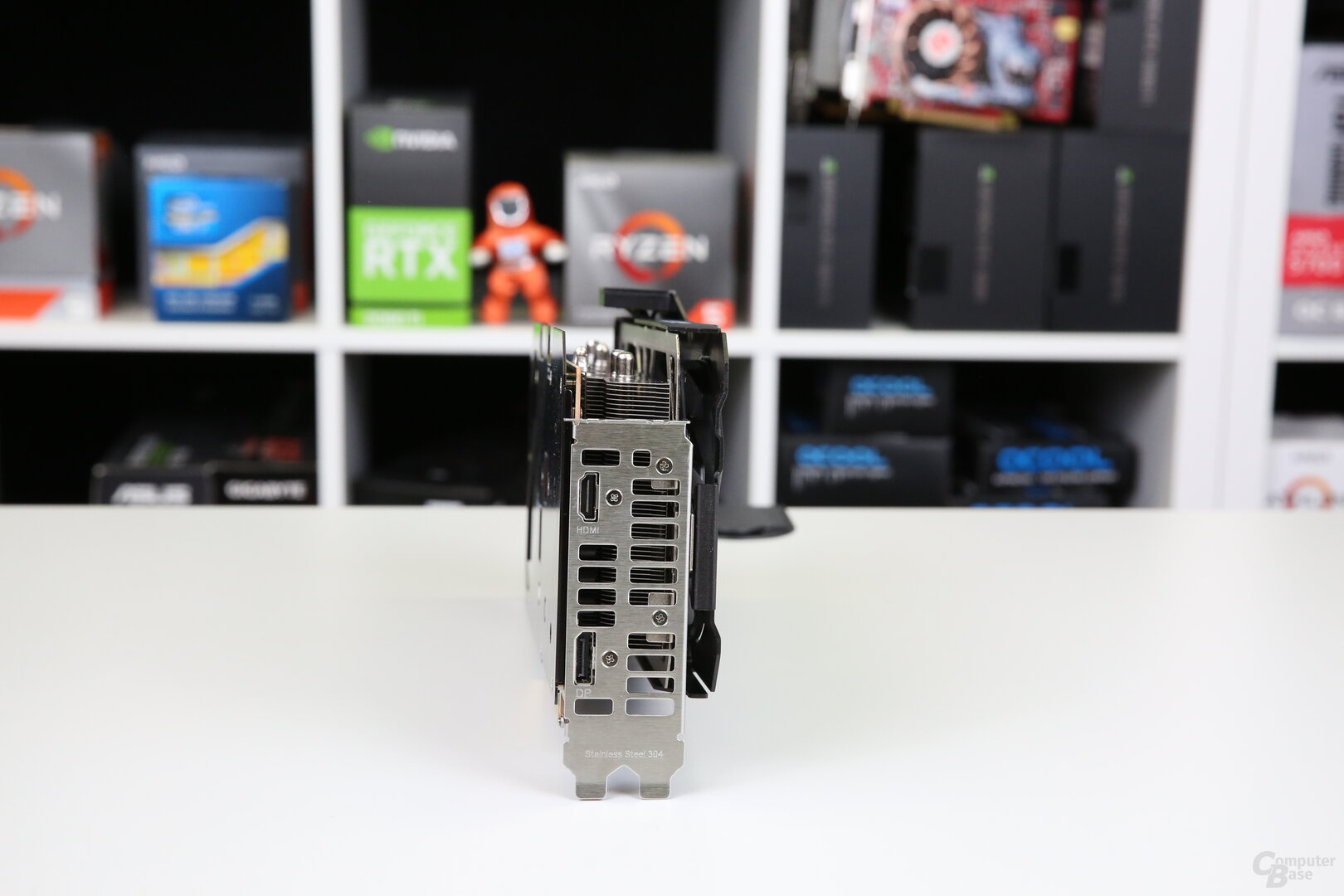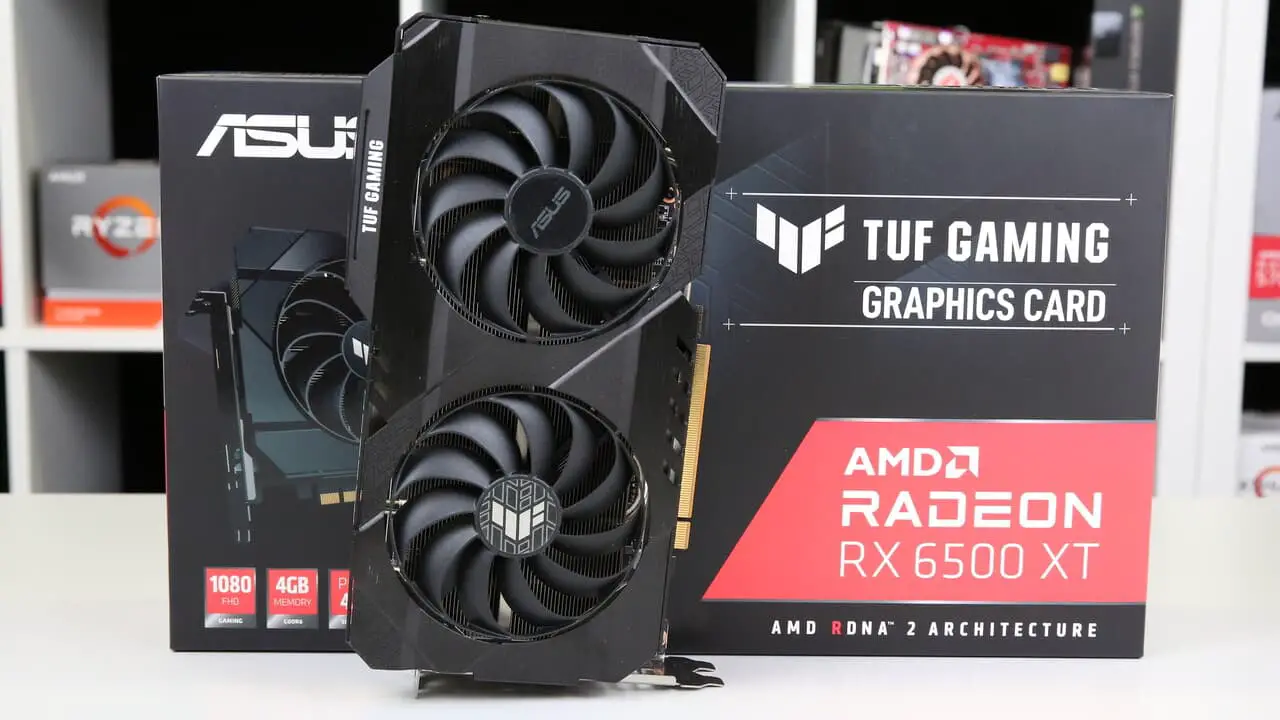AMD Radeon RX 6500 XT CUP
: Test |CUP | Specs |Config
No official sample = no test? Not at all. In this respect, the AMD Radeon RX 6500 XT was still missing something. This article also shows the big problems as a result of the cuts in the Navi 24 GPU, which was most likely never planned for the desktop PC. Even at the market price of 300 euros, it is not a good choice.
2022 will be a really full and exciting graphics card year. AMD’s RDNA 3 and Nvidia’s Lovelace are to fight out the duel of the next-gen models in the second half of the year, and before that Intel is sending the Arc series into the ring for the first time. But until then, things will be much more leisurely, because AMD and Nvidia launched their entry-level models in January.
AMD Radeon RX 6500 XT: No sample for the embargo case
ComputerBase has already tested the GeForce RTX 3050 (test). For an RRP of 279 euros, the buyer gets a solid piece of Ampere hardware without any weaknesses. The strength in this case is that there are no annoying limitations. “The market” reacts with prices well above the RRP.
The situation is different with the Radeon RX 6500 XT presented at CES in early January. It officially changes hands from as little as 209 euros and is still available for less than 300 euros just under two weeks after it was launched. Only 33 percent extra, how can that be?
ComputerBase readers don’t live in a bubble, the answer to the question should already be familiar to most. In addition to other selected media, AMD had not provided the editors with a sample in advance for the first time in years, so an embargo test was not carried out. The Radeon RX 6500 XT should not be missing permanently in the test archive. The test will be rescheduled today.
In this case, too, the focus is on the cuts associated with the Navi-24 GPU, which result in an explosive mixture for a desktop PC graphics card.
There is only one reduced video unit on the Radeon RX 6500 XT that has never heard of encoding and, unlike all other RDNA 2 GPUs, does not master AV1 decoding either. In addition, only two monitors can be controlled and the PCIe interface has been reduced to four lanes – the predecessor still offered eight. Furthermore, the memory expansion is limited to 4 GB, which can quickly become problematic in combination with the shortened PCIe interface.
All in all, the cuts ensure that AMD’s Radeon RX 6500 XT is not a blockbuster in retail and that market prices have not increased immeasurably to date.
A custom design by Asus against RTX 3050 and Co.
ComputerBase also goes into detail about the Radeon RX 6500 XT in this test. For this, the Asus Radeon RX 6500 XT TUF has arrived in the editorial office, which has to show whether there can be a purchase recommendation for the smallest RDNA 2 graphics card or whether the GeForce RTX 3050 is the better choice. The pattern comes from the trade.
AMD takes a different path with the Radeon R 6500 XT than Nvidia with the GeForce RTX 3050. The latter has the GA106 GPU known from the GeForce RTX 3060, most of which is idle – so the built-in chip is expensive. In return, AMD is implementing the Radeon RX 6500 XT with the new Navi-24 chip, which is being manufactured for the first time at TSMC in the better N6 process (instead of the previous N7P) and was most likely initially only planned for notebooks. And N6 or not, with a size of just 107 mm² and 5.4 billion transistors, the chip is simply tiny. In comparison, Nvidia’s GA106 on the RTX 3050 has a huge 276 mm² and 12 billion circuits, the direct predecessor Navi 14 still has 158 mm² and 6.4 billion transistors. Such a small GPU has not existed for a long time.
The N6 process is of course helpful in this respect, but rather a comparatively small tool for this. Rather, AMD has significantly reduced the execution units. Instead of 32 compute units on Navi 23, there are only 16 on Navi 24, all of which are also active on the Radeon RX 6500 XT – that’s 1,024 FP32 ALUs. The capabilities of the ALUs, on the other hand, have not been cut and are completely identical to those of the larger RDNA-2 offshoots.
The clock rates are still high, even very high. The game clock is specified as 2,610 MHz, the turbo with up to 2,815 MHz – no other graphics card can match it. The whole thing is to be achieved with a “typical board power” of 107 watts.
There will be no optional 8 GB model
The memory part was then also significantly reduced. The 128-bit memory interface has given way to a halved 64-bit interface (four 16-bit controllers). The memory expansion was also halved from 8 GB to 4 GB. Unlike the Radeon RX 5500 XT, there will be no optional 8 GB model. The Infinity Cache has shrunk from 32 to 16 MB, so that even with a low resolution of 1,920 × 1,080 pixels, not all data is always in the fast cache. However, the Infinite Cache itself is still significantly faster than the GDDR6 memory.
With the reduced memory interface, the number of 64-bit channels for the cache is reduced to four, but they still clock at 1.8 GHz, which results in a bandwidth of 460 GB/s. Even if the 4 GB of GDDR6 memory clocks at a high 9,000 MHz, the general memory bandwidth is significantly lower at 144 GB/s.
Further cuts in display, video and PCIe
In order to get a chip size of just 107 mm², this was obviously not enough. The video capabilities were also shortened. Navi 24 can no longer accelerate the AV1 codec, but can only decode H.264 and H.265, i.e. play them back, but no longer encode them. The number of controllable monitors has been reduced to two, so there will not be more than two monitor outputs with the custom designs.
And finally, the PCIe interface was reduced again. It already offers only 8 PCIe 4.0 lanes on the Navi 23 instead of 16 as on the Navi 21 and Navi 23. With the Navi 24 there are only 4 PCIe 4.0 lanes. In combination with the only 4 GB of VRAM on the Radeon RX 6500 XT, this can potentially become a big bottleneck. It gets even bigger if the mainboard or the CPU only supports PCIe 3.0, because then half of the bandwidth between the graphics card and the mainboard is lost again. ComputerBase clarifies how much this slows down in a separate section.
Die Asus Radeon RX 6500 XT TUF OC im Detail
Asus currently offers two different variants of the Radeon RX 6500 XT: the Radeon RX 6500 XT Dual OC and the Radeon RX 6500 XT TUF OC represented in the test, which corresponds to the better model. The latter is currently available from 369 euros and is therefore one of the most expensive versions.
In return, the buyer then receives a surprisingly large graphics card, which could also be a larger model with a width of 2.7 slots, a height of 13.5 cm and a length of 25 cm. However, the cooler is just as powerful, which – for an entry-level graphics card – is rather unusually equipped with a large aluminum heat sink and four heat pipes.

Asus Radeon RX 6500 XT TUF OC CUP
Bild 1 von 4



The TUF features correspond to a faster graphics card
So it’s not surprising that the two axial fans with a diameter of 95 mm hit the same note. And the rest of the graphics card is also more suitable for a higher-priced model. There is a small RGB lighting on the Radeon RX 6500 XT TUF that can shine in the TUF symbol. And there is also a second BIOS, whereby Asus limits itself to different fan controls (performance and quiet).
Asus has overclocked the Radeon RX 6500 XT TUF OC in-house. The game clock is given as 2685 instead of 2610 MHz, the turbo clock as 2825 instead of 2815 MHz. The game clock can be increased to 2705 MHz via software, the Turbo remains the same. The memory always works with the 9,000 MHz specified by AMD. Asus uses a maximum GPU power of 90 watts for the TUF. Simpler custom designs work with a GPU power of 80 watts. A 6-pin power connector is required for operation.















